Lapsang Souchong (Zheng Shan Xiao Zhong): The World’s First Black Tea from Wuyi Mountains
Meta :Discover the 17th-century origins of Lapsang Souchong, the iconic black tea from China’s Wuyi Mountains. Learn about its pine-smoked production, smoky-sweet flavor profile, and health benefits like heart support and antioxidants. Explore brewing tips and authentic sources.
1. Historical Origins: The Birthplace of Black Tea
The story of Lapsang Souchong begins in the mid-16th century in Fujian’s Wuyi Mountains, where a fortuitous accident led to its creation(中国科普网). During a Ming Dynasty military incursion, tea leaves intended for green tea production were inadvertently fermented by soldiers’ body heat. To salvage the batch, local farmers roasted the oxidized leaves over pinewood fires, creating a bold new tea with a smoky aroma—a technique still used today(家庭医生在线).
- Geographical Significance: The “Zheng Shan Xiao Zhong” designation translates to “authentic mountain small species,” referring to tea exclusively grown in Wuyi’s protected Tongmu Valley.
- Global Impact: By the 17th century, this “black tea” (named for its oxidized leaves) became a cornerstone of the Silk Road trade, inspiring England’s afternoon tea culture and influencing Indian varieties like Darjeeling(中国科普网).
2. Traditional Production Process: Crafting the Smoky Elixir
Key Steps:
- Handpicking: Leaves from Camellia sinensis var. boheaare plucked in early spring, ensuring optimal tenderness.
- Sun Wither: Leaves are spread outdoors to lose moisture, activating enzymatic reactions.
- Rolling: Gentle rolling breaks cell walls, releasing juices for oxidation.
- Fermentation: Oxidation occurs in controlled humidity, turning leaves copper-red.
- Pinewood Smoking: The defining step—leaves are dried over burning pine logs in a 3-story wooden kiln, absorbing resinous smoke(com).
Modern vs. Traditional:
- Smoked: Features bold notes of campfire, caramelized longan, and roasted chestnuts.
- Unsmoked: Highlights natural honeyed sweetness and floral undertones, popularized for Western palates.
3. Flavor Profile: A Symphony of Smoky and Sweet Notes
The smoky aroma of Lapsang Souchong is complemented by complex layers:
- Primary Tastes: Pine resin, burnt sugar, and toasted walnuts.
- Subtle Undertones: Dried fruit, cinnamon, and a hint of bergamot.
- Texture: Full-bodied with a smooth, velvety mouthfeel.
Pairing Suggestions:
- Western Cuisine: Roasted meats, dark chocolate, and aged cheeses.
- Asian Dishes: Peking duck, stir-fries, and dim sum.
4. Health Benefits: Antioxidants and Wellness in Every Cup
Scientific studies highlight its therapeutic properties:
- Heart Health: Polyphenols and theaflavins improve blood vessel elasticity, reducing cardiovascular risks(中国科普网).
- Gentle Energy: Theophylline provides sustained alertness without caffeine jitters.
- Oxidative Stress: Antioxidants combat free radicals, supporting overall cellular health.
Research Insight: A 2023 NCBI study linked regular consumption to reduced LDL cholesterol levels(developers.google.com).
5. Modern Variations and How to Enjoy
Brewing Method for Zheng Shan Xiao Zhong (Lapsang Souchong):
Teaware: 110ml gaiwan (Chinese lidded bowl).
Tea Quantity: 5g tea leaves.
Water Temperature: 90–95°C (194–203°F).
Tea-to-Water Ratio: 1:20.
Steeping Time Reference:
- First three infusions: 5 seconds each.
- From the 4th infusion onward: 10 seconds, 15 seconds, 20 seconds (increasing gradually per infusion).
No Rinsing Needed: Zheng Shan Xiao Zhong purchased from legitimate channels can be brewed directly without rinsing.
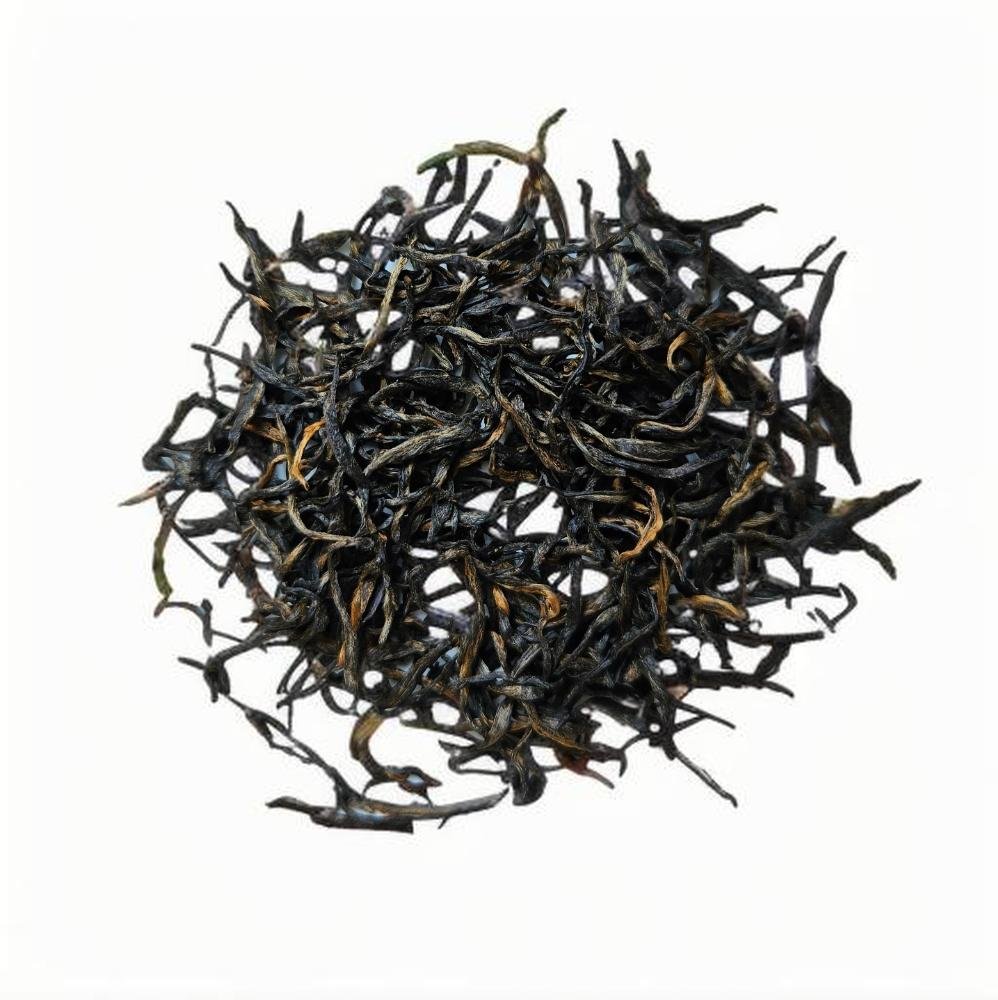
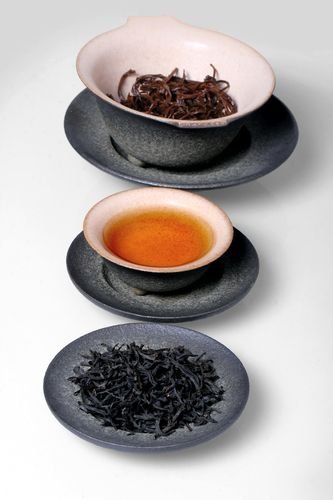
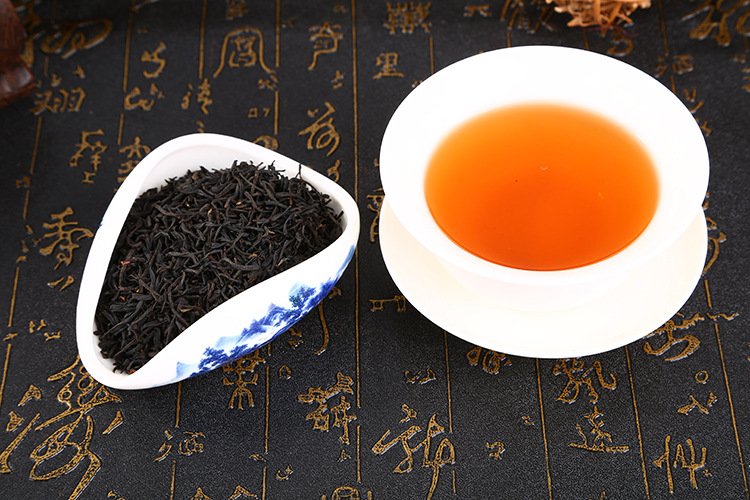
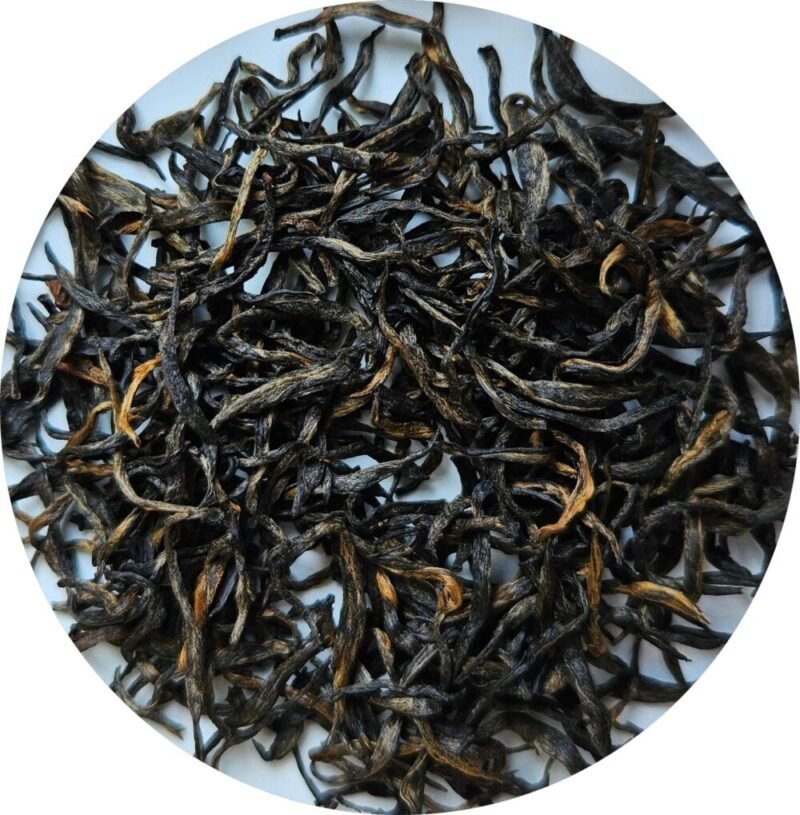



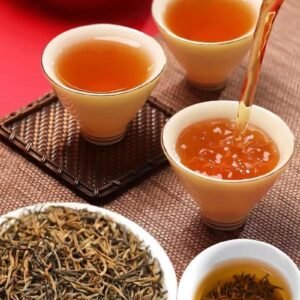

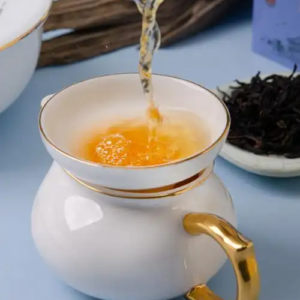


teddylong511 –
Lapsang Souchong features a mellow and sweet palate, with longan aroma, smooth entry, and a lingering aftertaste.